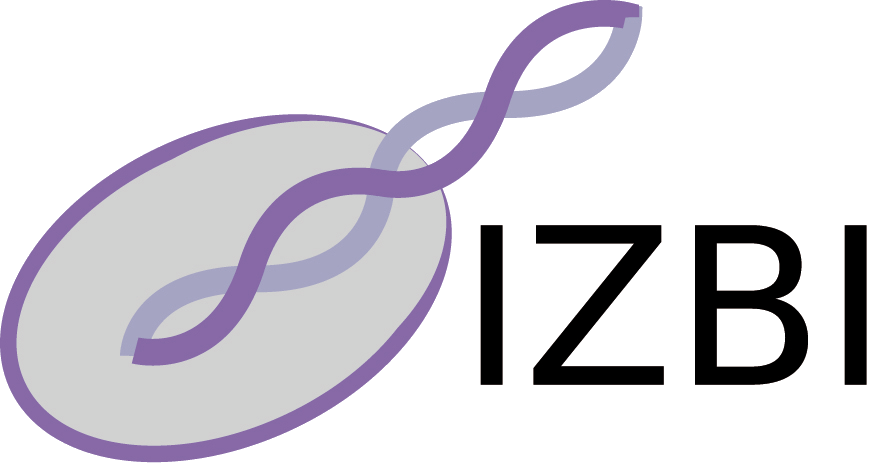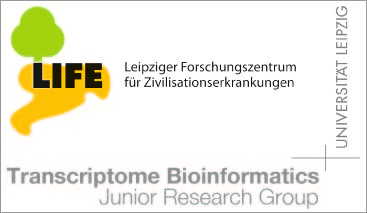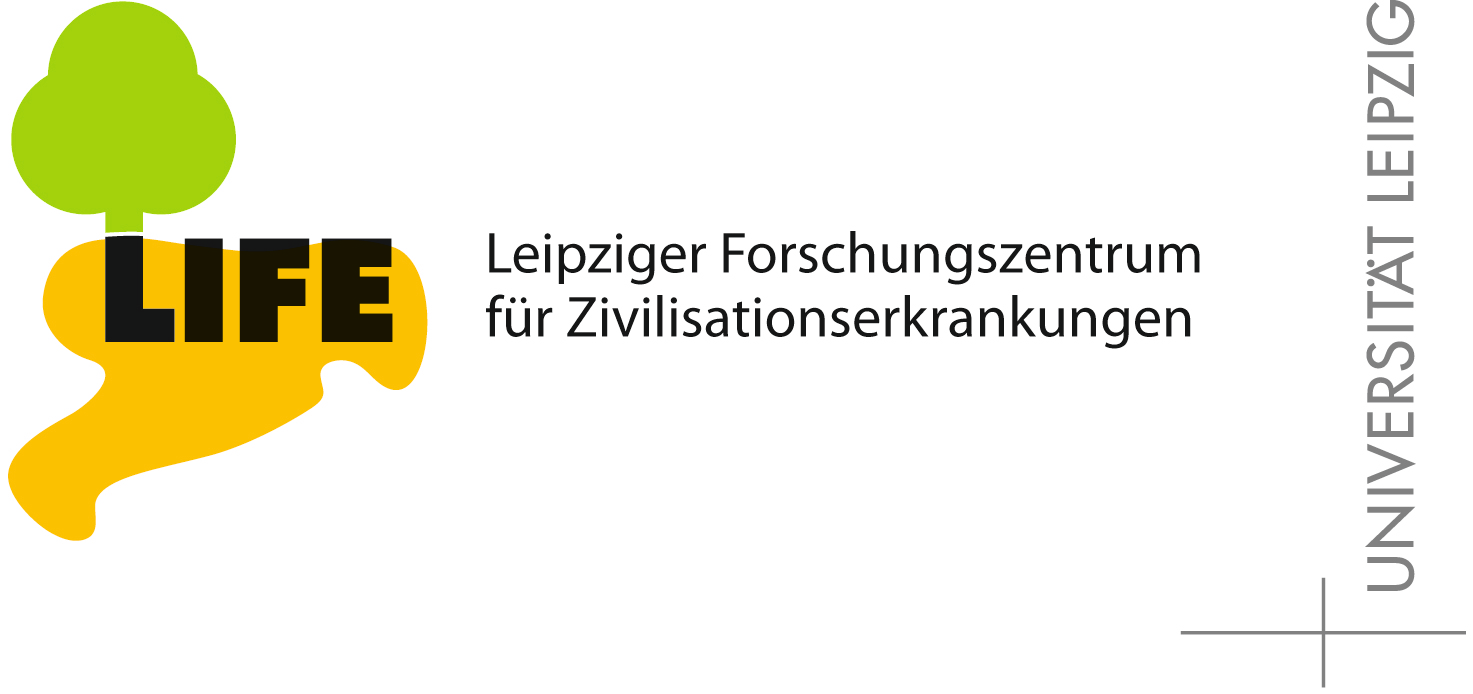Publications - Published papers
Please find below publications of our group. Currently, we list 565 papers. Some of the publications are in collaboration with the group of Sonja Prohaska and are also listed in the publication list for her individual group. Access to published papers ( ) is restricted to our local network and chosen collaborators.
If you have problems accessing electronic information, please let us know:
) is restricted to our local network and chosen collaborators.
If you have problems accessing electronic information, please let us know:
 ) is restricted to our local network and chosen collaborators.
If you have problems accessing electronic information, please let us know:
) is restricted to our local network and chosen collaborators.
If you have problems accessing electronic information, please let us know:©NOTICE: All papers are copyrighted by the authors; If you would like to use all or a portion of any paper, please contact the author.
Comparative genomics reveals insights into avian genome evolution and adaptation
Zhang, Guojie and Li, Cai and Li, Qiye and Li, Bo and Larkin, Denis M. and Lee, Chu and Storz, Jay F. and Antunes, Agostinho and Greenwold, Matthew J. and Meredith, Robert W. and Ödeen, Anders and Cui, Jieand Zhou, Qi and Xu, Luohai and Pan, Hailin and Wang, Zongjiand Jin, Lijun and Zhang, Pei and Hu, Haofu and Yang, Weiand Hu, Jiang and Xiao, Jin and Yang, Zhikai and Liu, Yangand Xie, Qiaolin and Yu, Hao and Lian, Jinmin and Wen, Pingand Zhang, Fang and Li, Hui and Zeng, Yongli and Liu, Shipingand Zhou, Long and Huang, Zhiyong and An, Na and Wang, Jieand Zheng, Qiumei and Xiong, Yingqi and Wang, Guangbiao andWang, Bo and Wang, Jingjing and Fu, Yu and da Fonseca,Rute R. and Alfaro-Núñez, Alonzo and Schubert,Mikkel and Orlando, Ludovic and Mourier, Tobias and Howard, Jason T. and Ganapathy, Ganeshkumar and Pfenning,Andreas and Whitney, Osceola and Rivas, Miriam V. and Hara,Erina and Smith, Julia
Download
PREPRINT 15-035:
[ Publishers's page ]
[ Publishers's page ]
Status: Published
Science. 2014 Dec 12;346(6215):1311-20
Abstract
Birds are the most species-rich class of tetrapod vertebrates and have wide relevance across many research fields. We explored bird macroevolution using full genomes from 48 avian species representing all major extant clades. The avian genome is principally characterized by its constrained size, which predominantly arose because of lineage-specific erosion of repetitive elements, large segmental deletions, and gene loss. Avian genomes furthermore show a remarkably high degree of evolutionary stasis at the levels of nucleotide sequence, gene synteny, and chromosomal structure. Despite this pattern of conservation, we detected many non-neutral evolutionary changes in protein-coding genes and noncoding regions. These analyses reveal that pan-avian genomic diversity covaries with adaptations to different lifestyles and convergent evolution of traits.















